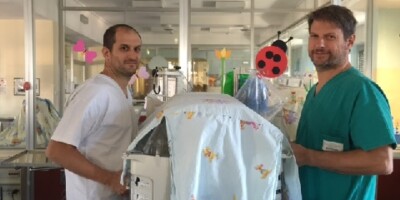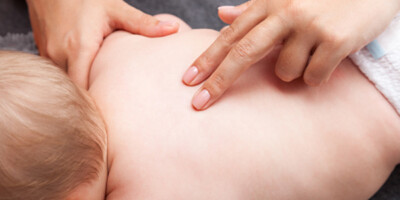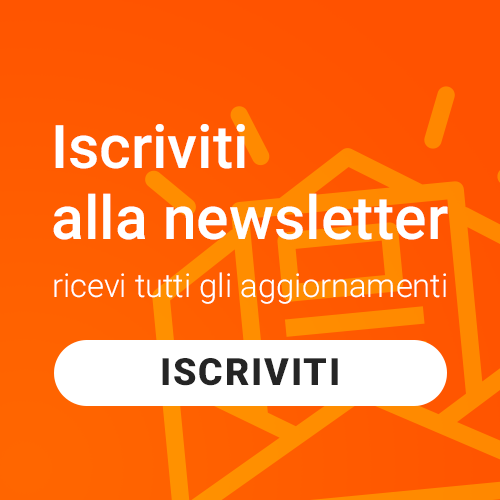Guidelines to evaluate the possible contribution of osteopathy in paediatrics
Autori
- G. Trapani, President, SMB Italia; Board Member, SIP Study Group on Complementary Medicine, Italy
- T. Di Giampietro, Consigliere della SIOMI; Board Member, SIP Study Group on Complementary Medicine, Italy
- L. Zanino, Scientific Director, SMB Italia; Board Member, SIP Study Group on Complementary Medicine, Italy
- L. Ciullo, DO, Director of I.E.M.O. (European Institute of Osteopathic Medicine), Genoa, Italy, authorized by M.I.U.R. in 2011.
- S.C. Tuscano, Research Dept., I.E.M.O. (European Institute of Osteopathic Medicine), Genoa, Italy, authorized by M.I.U.R. in 2011.
- D. Lanaro, DO, Scientific Manager, Italian National Center, COME Collaboration NPO, I.E.M.O. Research Department.
- F. Cerritelli, DO, President, Foundation for Research in the Osteopathic Field, COME Collaboration NPO.
- F. Macrì, Vice-president, SIOMI. Board Member, SIP Study Group on Complementary Medicine, Italy.
Abstract
Osteopathy is a non-invasive manual therapy with no iatrogenic effects, ranked by WHO among the traditional medicines (WHO 2016).
Although it shares the most part of medical and biological knowledge with Conventional Medicine, it is based on osteopathic analysis, an evaluation system differing from the typical diagnostic tests used in medicine, and uses a different terminology. The osteopathic evaluation is aimed to identify somatic dysfunctions (ICD-9 CM 739.0-9 and ICD-10-CM M99.00-09), i.e. body areas characterized by physiologic motion restrictions which can be the origin of the common clinical problems affecting both the musculoskeletal as well as other body systems.
The osteopathic manipulative treatment (OMT) is performed in order to etiologically and non-symptomatically normalize somatic dysfunctions, tapping into the intrinsic auto-regulative capability of the human body and influencing the autonomous nervous system.
Clinical application of OMT in pediatrics has gained relevance and clinical evidence – as confirmed by the following studies – achieving success in treating various pediatric diseases and/or
paraphysiological problems, e.g. cranial dysmorphisms, intestinal colics, gastro-esophageal reflux, scoliosis, and even delays in the neuromotor development (Carreiro 2013 Frymann 2009). The
management of these conditions, however, must be tailored to suit the clinical condition of the patient and care accessibility.
Sotto la possibilità di scaricare il Poster.
KEYWORDS:
ID: 2572827




